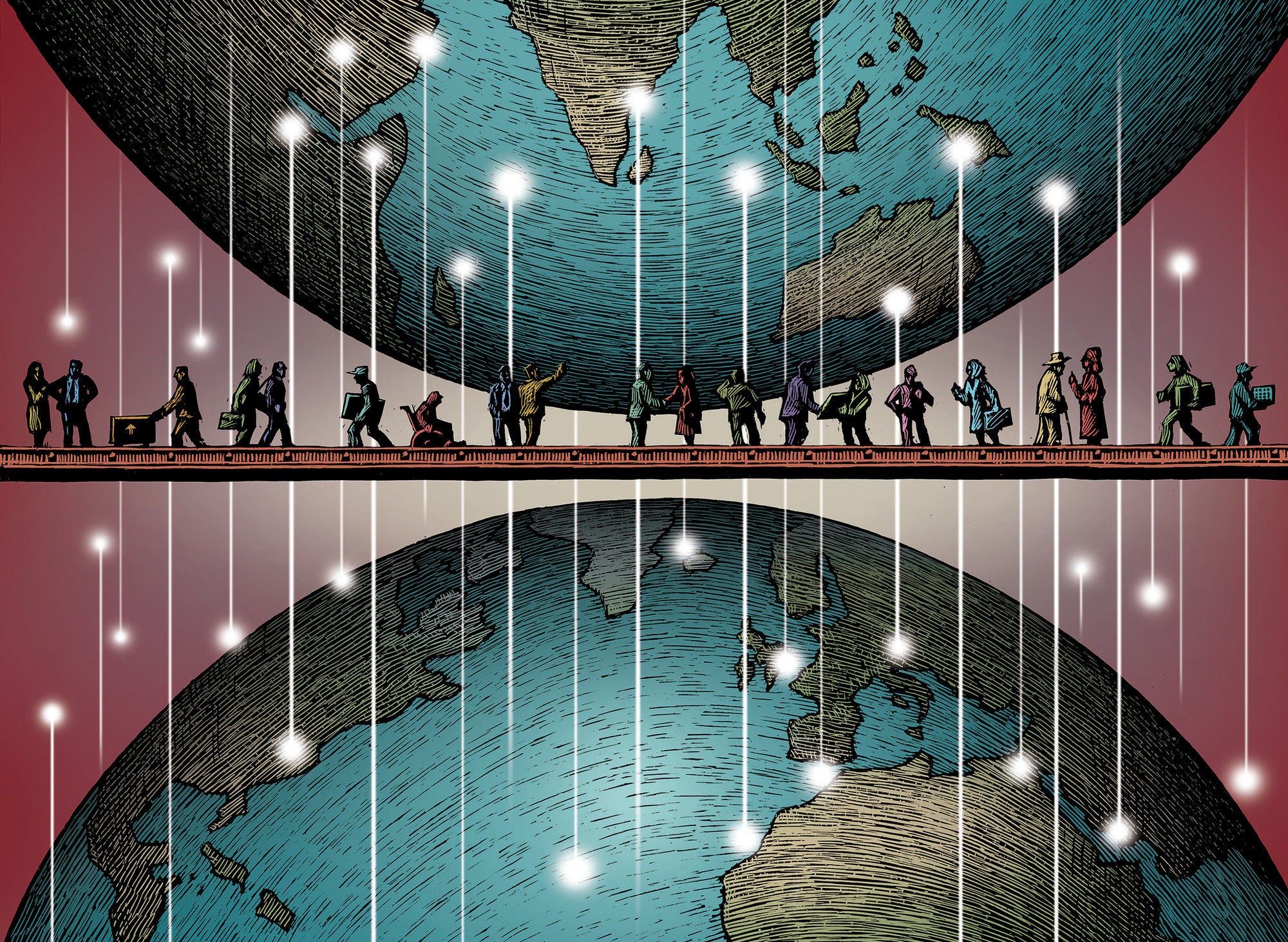In 2019, Mexico received 39 000 new immigrants on a long-term or permanent basis (including changes of status), 0.1% more than in 2018. This figure comprises 15.5% labour migrants, 43.8% family members (including accompanying family) and 20.4% humanitarian migrants. Around 5 700 permits were issued to tertiary-level international students and 24 000 to temporary and seasonal labour migrants.
Venezuela, the United States and Honduras were the top three nationalities of newcomers in 2019. Among the top 15 countries of origin, Venezuela registered the strongest increase (1 100) and Guatemala the largest decrease (‑400) in flows to Mexico compared to the previous year.
In 2020, the number of first asylum applicants decreased by ‑41.4%, to reach around 41 000. The majority of applicants came from Honduras (15 000), Haiti (5 000) and Cuba (5 800). The largest increase since 2019 concerned nationals of Haiti (400) and the largest decrease nationals of Honduras (‑14 000). Of the 27 000 decisions taken in 2020, 63.6% were positive.
Emigration of Mexicans to OECD countries decreased by ‑2% in 2019, to 176 000. Approximately 88% of this group migrated to the United States, 3% to Spain and 2% to Canada.
The López-Obrador government came into office in December 2018. In early 2019, a document titled “The new migration policy of the Government of Mexico, 2018‑24” was published. It promoted a shared responsibility approach; safe, orderly and regular migration; addressing irregular migration; strengthening migration institutions; protecting Mexicans abroad; integration and reintegration; and encouraging sustainable development in the communities of origin. In September 2019, as a Presidential Decree, the Inter-Agency Commission for Comprehensive Attention of Migration Affairs was established, charged with co‑ordinating the policies, programming and actions on migration issues with the different offices, administrative bodies and other entities of the federal public administration. Finally, in the first half 2020, the 2020‑24 Governance Sector Program was published in the Official Gazette of the Federation. This programme established notably the objective to “guarantee the full exercise and enjoyment of Human Rights of all people who settle, enter, reside, transit or return to Mexico based on the design, co‑ordination and implementation of a comprehensive population and human mobility policy”.
There was an important increase of the irregular flows of migrants from Central America that began in 2018, better known as “caravans”, and it was a major concern for the US Administration due to the arrival of this population at the border between Mexico and the United States. In this regard, Mexico agreed to offer protection to migrants who were affected by the unilaterally determined US Migrant Protection Protocol, while they awaited the adjudication of their asylum claims.
The government took unprecedented steps to increase enforcement to curb irregular migration, including the deployment of its National Guard throughout Mexico, giving priority to its southern border. The National Guard was created in 2018‑19 originally to fight drug cartels but was deployed on the northern and southern Mexican borders to aid the National Institute for Migration in migratory control tasks and to tackle human trafficking and smuggling.
After the Biden Administration announced it would stop new enrolments in the Migrant Protection Protocols policy on 23 January 2021, the Government of Mexico ceased accepting returning migrant families arriving at the U.S.-Mexico border. Both the Biden and the López-Obrador administrations have agreed in the long term to continue addressing ‘the root causes’ that expel Central Americans out of their home communities rather than emphasise border controls.
In addition, legislative advances were made in the area of migrant children, which consisted of reforming the Migration Law, and the Law of Refugees, Political Asylum, and Complementary Protection (11 November 2020), focused on strengthening the child protection system in contexts of human mobility, and considering their best interests.
Furthermore, non-detention is established for this population in migration stations, regardless of their accompaniment situation and their provisional regularisation.
For further information:

